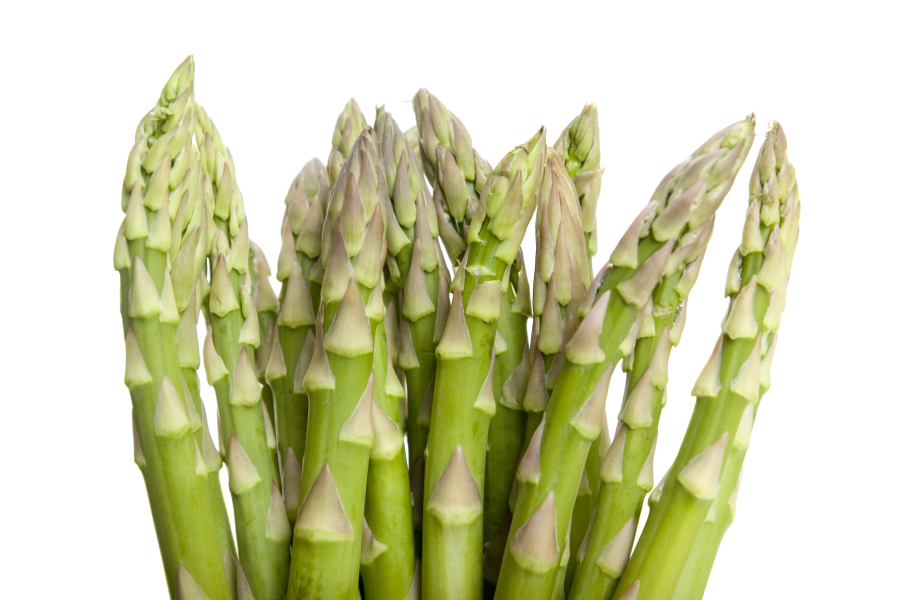Asparagus season means spring is here! As winter fades you start to see fresh local asparagus at our community farmers markets. It is my favorite time to enjoy fresh asparagus tamales and roasted asparagus spears. Washington produces over 20 million pounds of asparagus with 90 percent sold fresh in local markets. Not a dull vegetable, it can be found in colors of white, green or purple. Each spear has just four calories and packs many health benefits. A good source of fiber, thiamine, iron and vitamins A, C, B1 and K, it has no fat or cholesterol. Asparagus is tasty and can be part of a healthy diet.
Asparagus is a perennial plant. Once established in your garden, the plant can produce for up to 15 years. The plant is so fast growing that it’s not uncommon for it to grow an inch a day. Asparagus plants are male or female. Male plants provide stalks that are larger than the female stalks. Spears are harvested in the third growing year. Spears should be 5-8 inches tall. It is best harvested in the early morning for peak flavor.
Have you seen white asparagus? White asparagus is the same as green asparagus just planted in mounds called hillings and deprived of sunlight. This prevents the development of chlorophyll which is the green pigment in plants. Curious to try it? The bottom two-thirds of each spear tends to be thick and bitter. To prepare before cooking, peel this section off. Boiling in salted water is the best technique for cooking white asparagus. It’s also good with a light coating of oil and roasted or grilled.
Regardless of color, select asparagus spears that are firm, straight and smooth, not limp. The tips should be tightly closed and compact. Store spears so ends remain moist, but tips stay dry. You can wrap ends with a moist paper towel or stand in a jar with about an inch of water in the bottom. Use within in a week.



